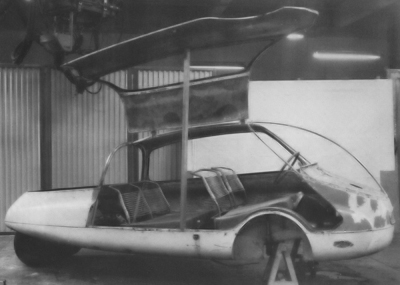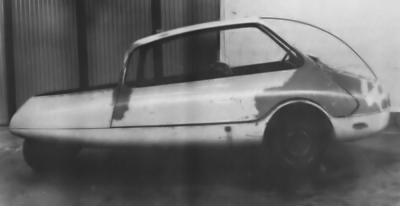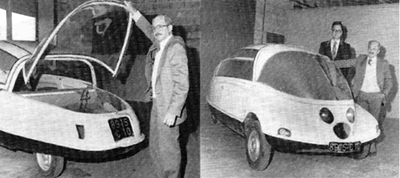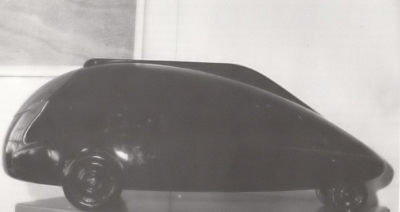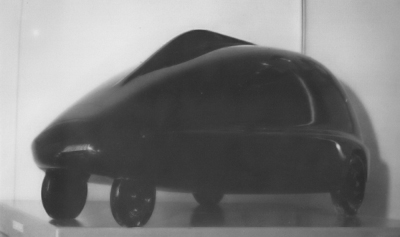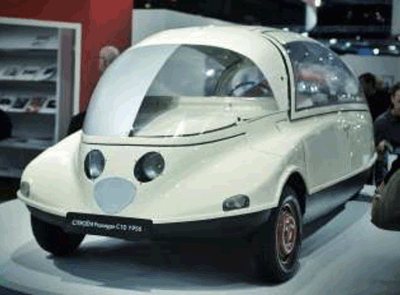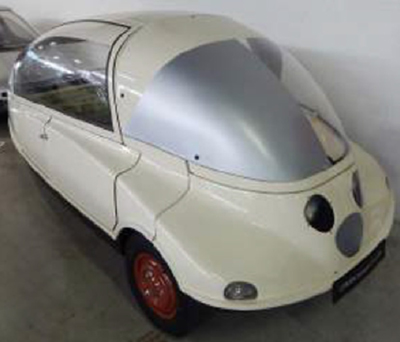|
||||||||||||||||||||||
C1 to C10 - Coccinelle* or "Goutte d'eau"** |
 |
||||||||||||||||||||||||
| *Ladybird **Drop of water |
|||||||||||||||||||||||||
|
|
||||||||||||||||||||||||
|
The decision was taken to proceed with the "conventional" looking Ami 6. The Ami 6 was always viewed as a temporary stopgap solution to the chasm between the 2CV and the DS - a chasm that was not really filled until the launch of the GS. Having rejected the Cocinelle, work started on the C60 project to fill this gap. |
|||||||||||||||||||||||||
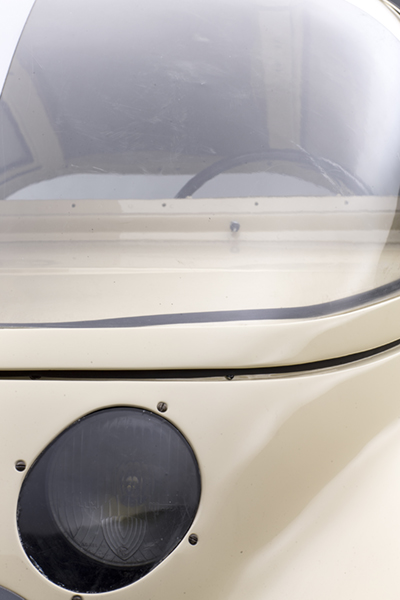 |
 |
||||||||||||||||||||||||
 |
|||||||||||||||||||||||||
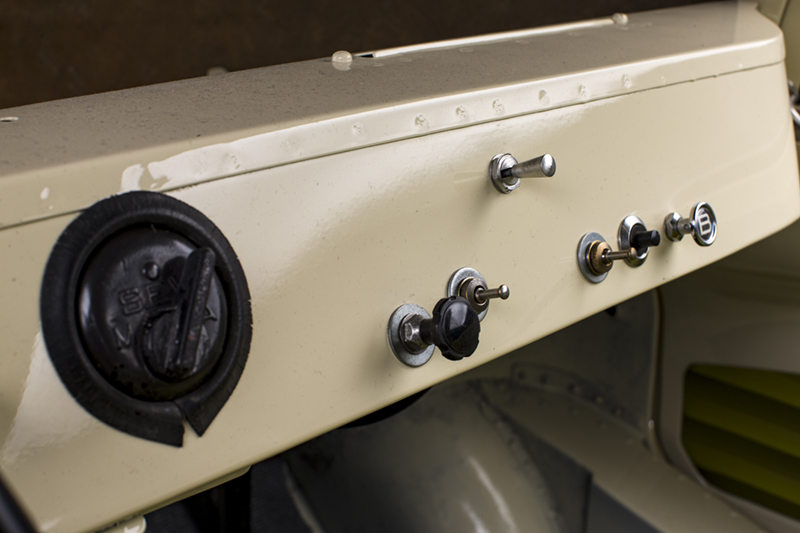 |
|||||||||||||||||||||||||
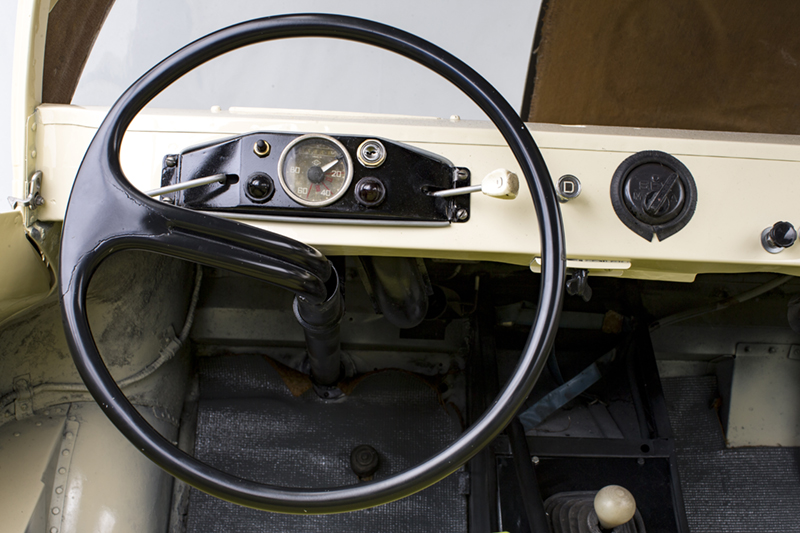 |
|||||||||||||||||||||||||
 |
|||||||||||||||||||||||||
 |
|||||||||||||||||||||||||
 |
|||||||||||||||||||||||||
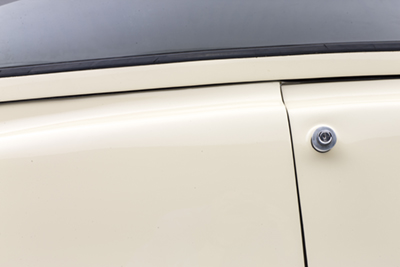 |
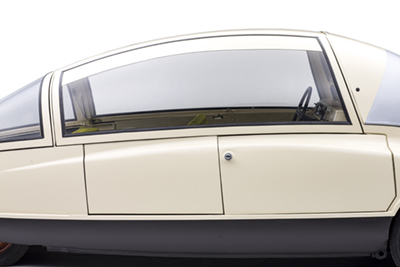 |
||||||||||||||||||||||||
|
The Coccinelle was displayed at the Classic Motor Show 2009 |
©
1996 - 2017 Julian Marsh/CitroŽnŽt/PSA
Groupe |
||||||||||||||||||||||||


